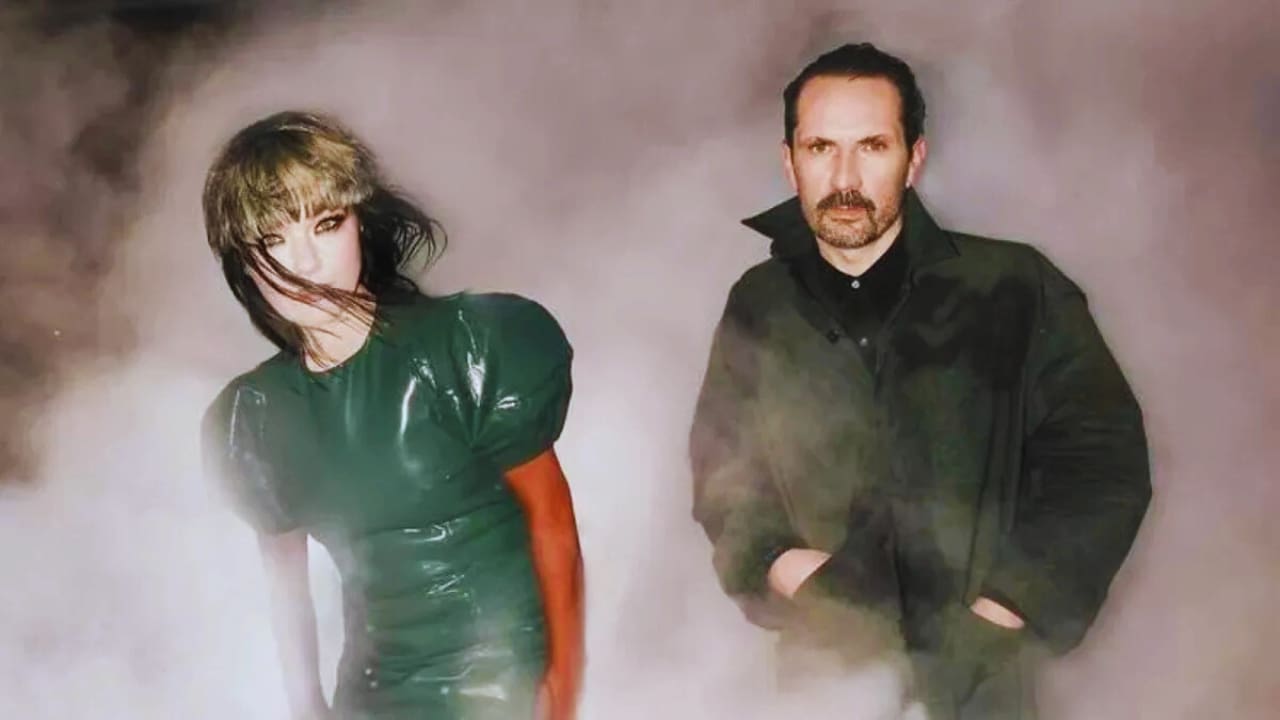In a remarkable fusion of technology and environmental advocacy, Icelandic music icon Björk has unveiled her latest artistic venture at the prestigious Centre Pompidou in Paris. The pioneering artist has collaborated with IRCAM (Institute for Research and Coordination in Acoustics/Music) to create “Nature Manifesto,” a cutting-edge sound installation that resurrects the voices of extinct animals through artificial intelligence.
The installation, running from November 20 to December 9, transforms the museum’s famous “caterpillar” escalator into an immersive sonic experience. The 3-minute and 40-second piece merges AI-generated extinct animal calls with Björk’s spoken word performances, creating a haunting reminder of what we’ve lost to extinction.
“We wanted to share their presence in an architecture representing the industrial age, far away from nature,” explained Björk and co-curator Aleph Molinari in a joint statement. “The tone of the animals’ voices hopefully builds a sonic bridge toward the listeners.”
The project represents a significant technological achievement. Working with IRCAM’s advanced AI software, the team has successfully recreated the calls of species that no longer exist on Earth. These forgotten voices blend seamlessly with natural soundscapes and Björk’s distinctive vocal performances, creating a powerful commentary on biodiversity loss.
We deliberately chose the installation’s location within the industrial setting of the Centre Pompidou. Despite being far removed from the natural world, the urban environment serves as a stark backdrop that emphasizes the project’s environmental message. Visitors immerse themselves in this unique sonic landscape, which bridges the gap between human civilization and the natural world, as they travel between floors on the escalator.
The project extends beyond mere artistic expression. Björk and Molinari have partnered with young environmental activists from both France and Iceland, though specific details about this collaboration remain under wraps. This partnership underscores the installation’s broader mission of environmental awareness and action.
The timing of the “Nature Manifesto” coincides with the Center Pompidou’s forum, “Biodiversity: Which Culture for Which Future?” The installation has already garnered significant attention on social media, with fans praising Björk’s continued innovation and environmental advocacy. One supporter commented, “Always love a good Björk metamorphosis.”
This isn’t Björk’s first foray into environmental activism through art. Her track record includes the 2008 release of “Náttúra” with Thom Yorke, advocating for Iceland’s environmental protection, and her recent collaboration with Rosalía on “Oral.” She’s also announced a Cornucopia concert film addressing climate change and will soon release a 480-page book documenting her five-year Cornucopia tour.
The installation features technical support from D&B Audio and Southby Productions, with visual elements contributed by 3D animation artist Sam Balfua. Björk’s voice declares, “In pioneering sound strata of mutant peacocks, bees, and lemurs, biology will reassemble in new ways,” while a luminescent figure moves through a forest in a promotional animation.
“Nature Manifesto” is free to the public, making this groundbreaking blend of technology, art, and environmental awareness accessible to all visitors of the Centre Pompidou. Björk continues to push the boundaries of artistic expression through this installation, advocating for environmental consciousness and proving that we can harness technology to reconnect humans with the natural world we risk losing.
